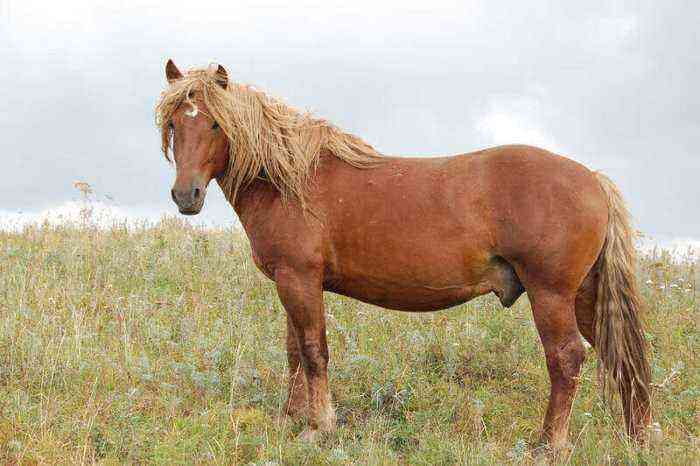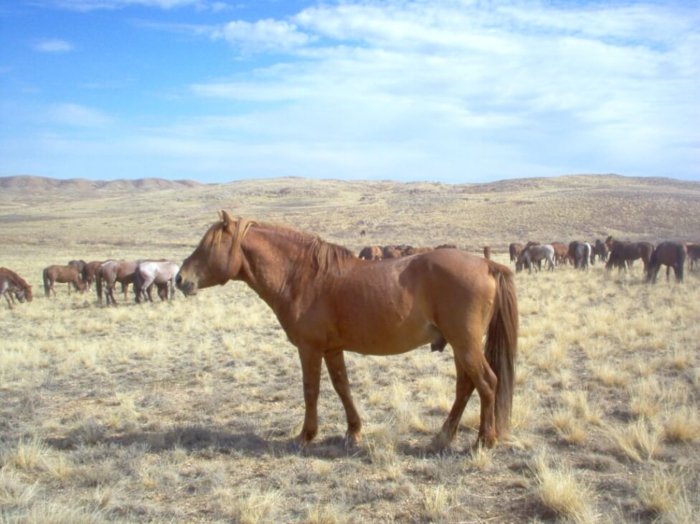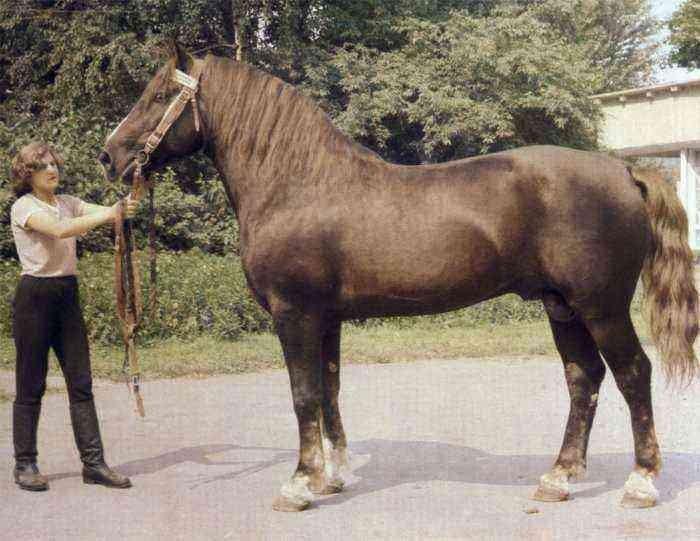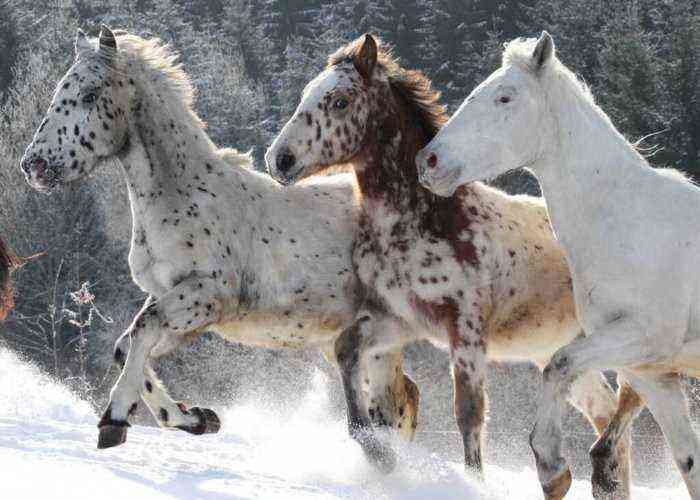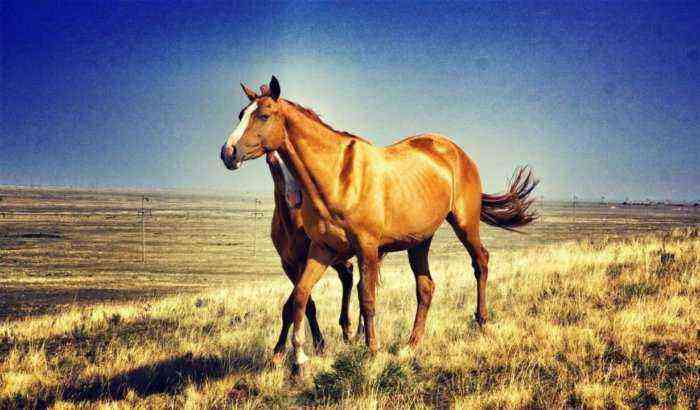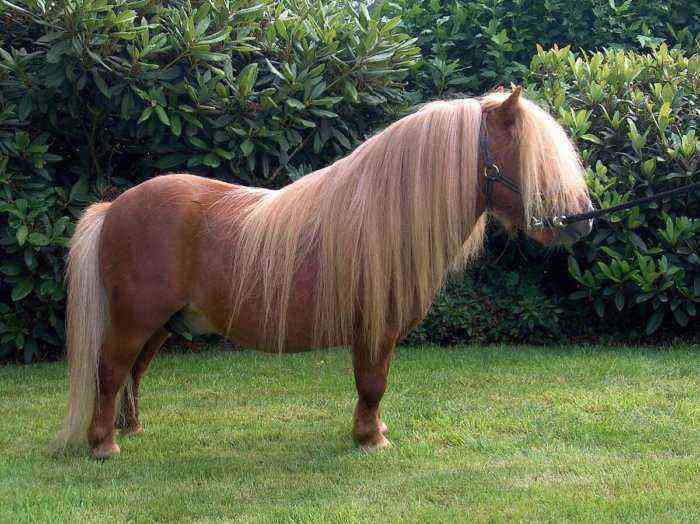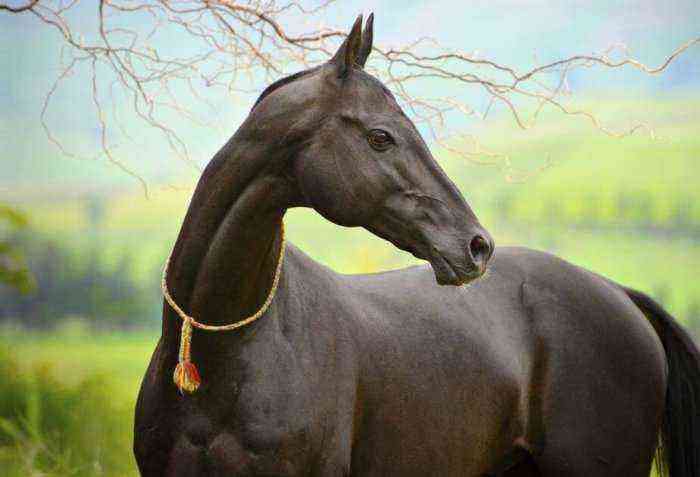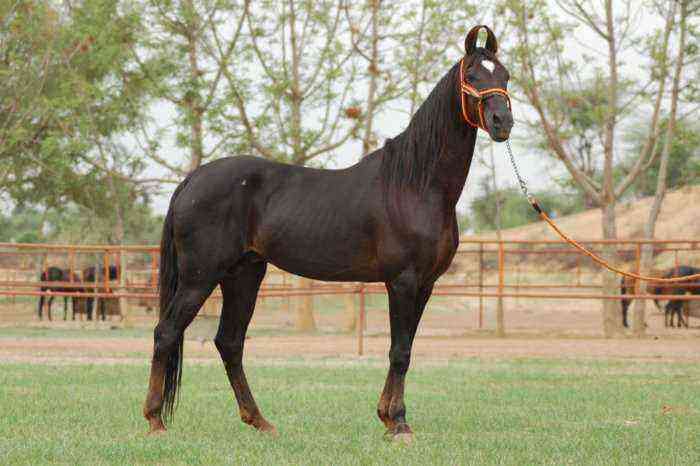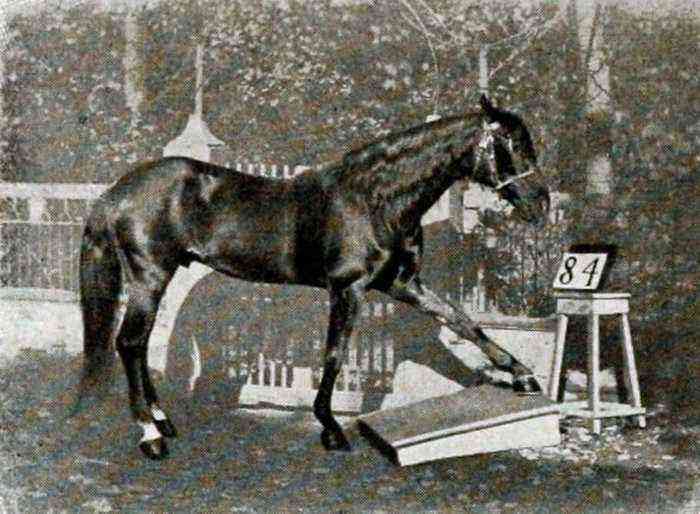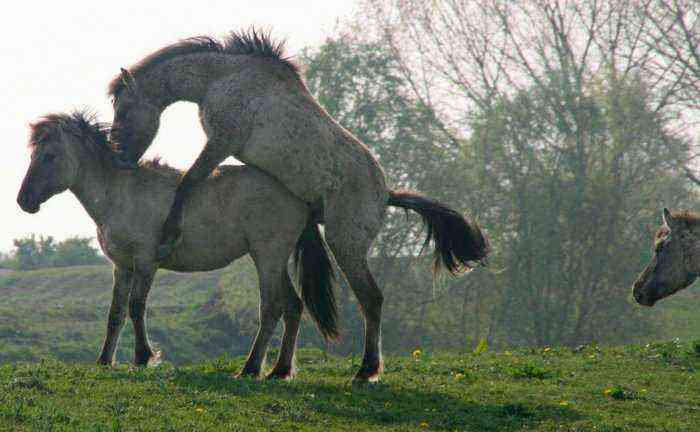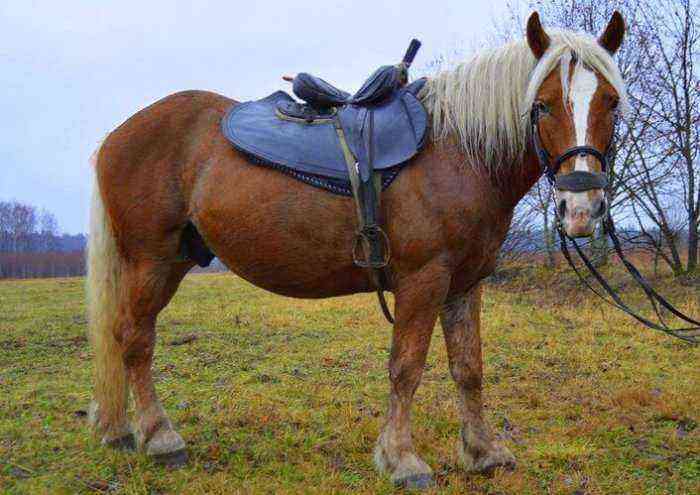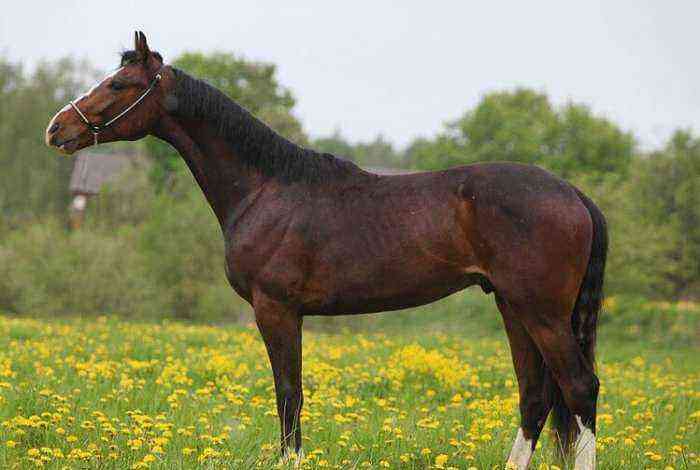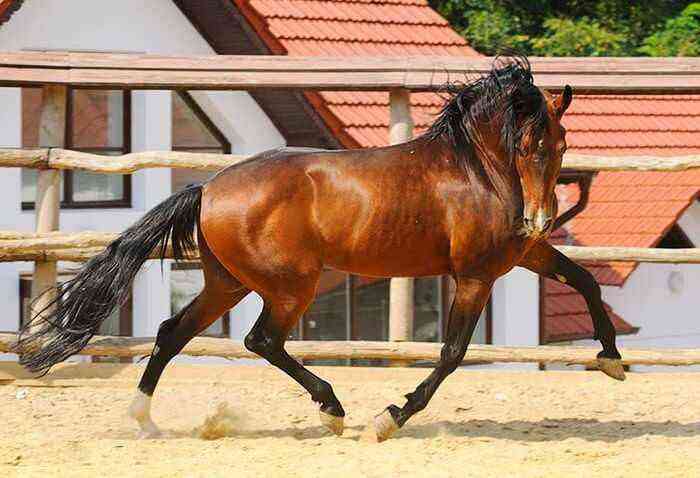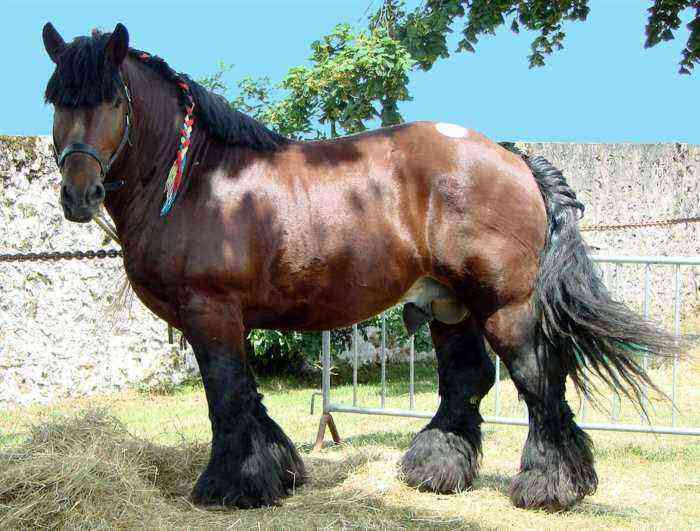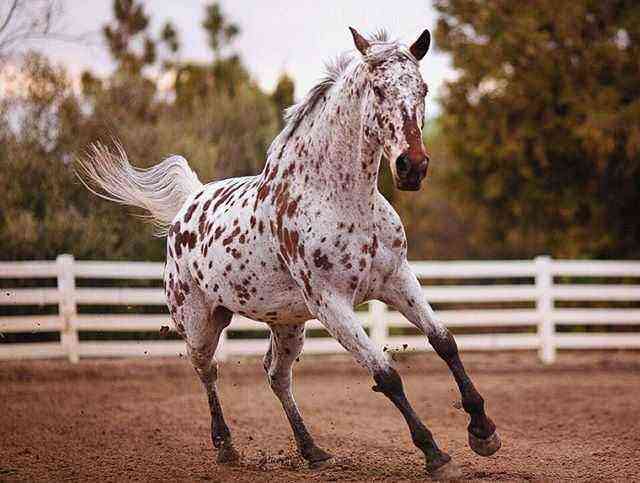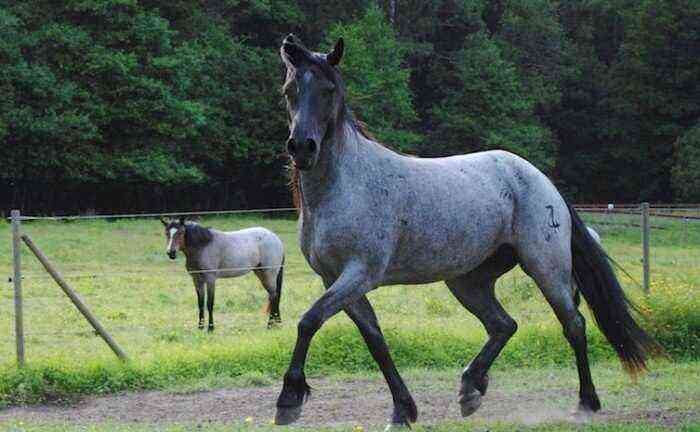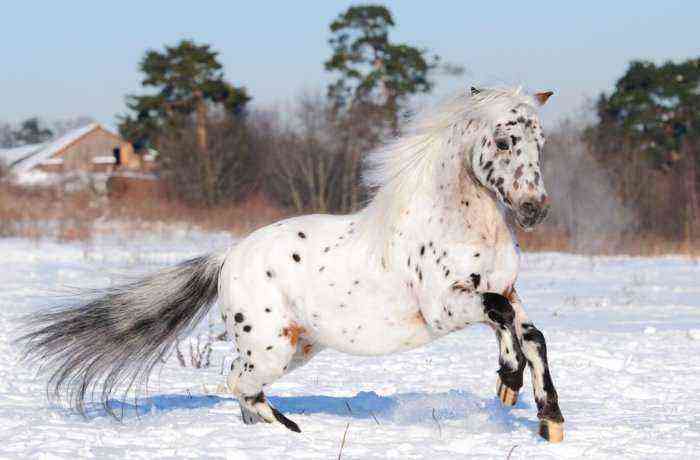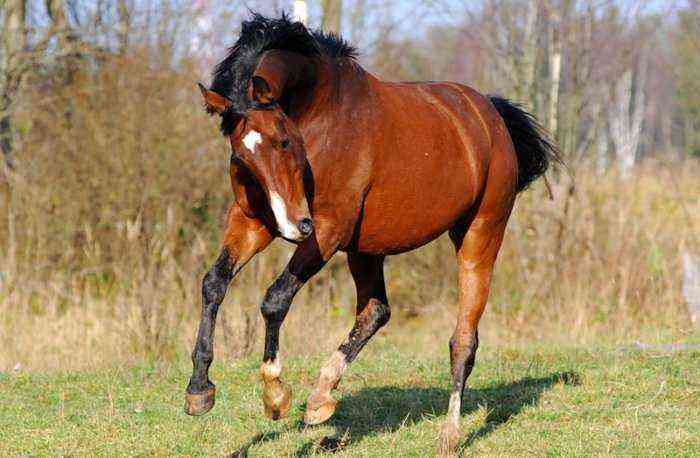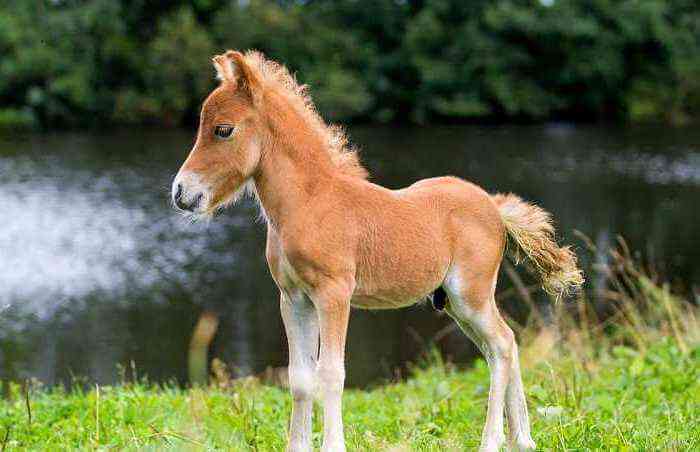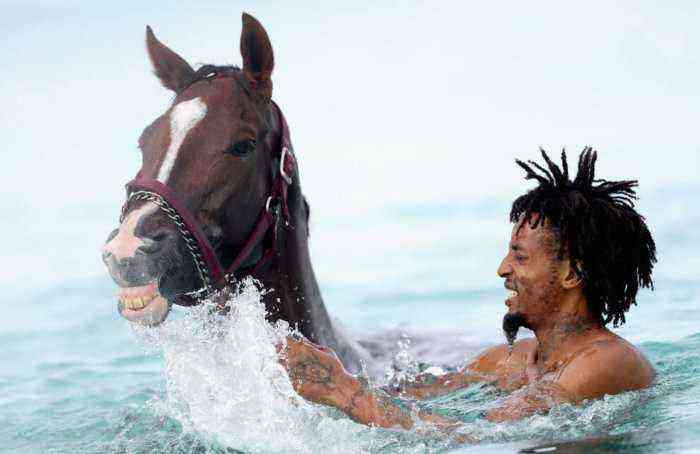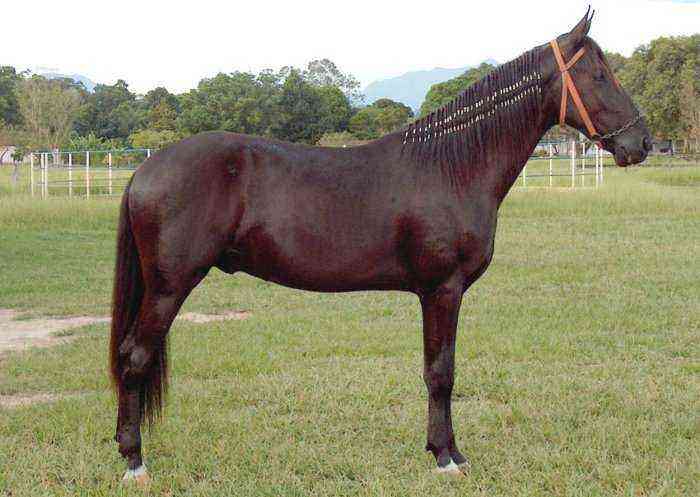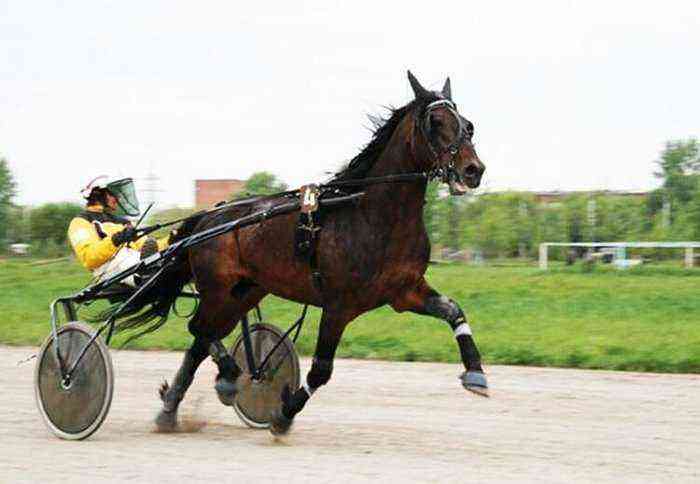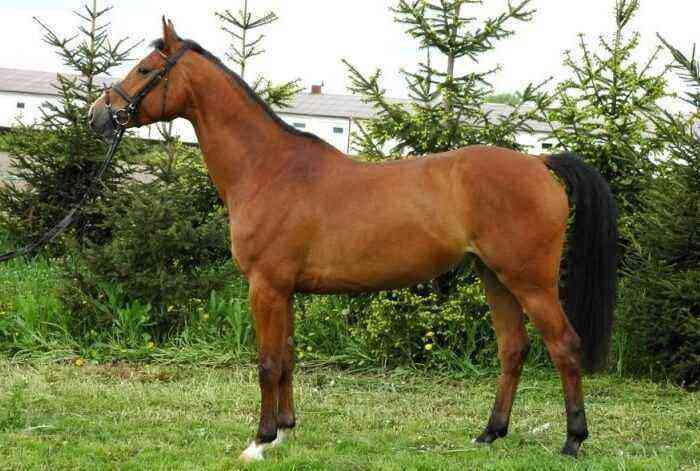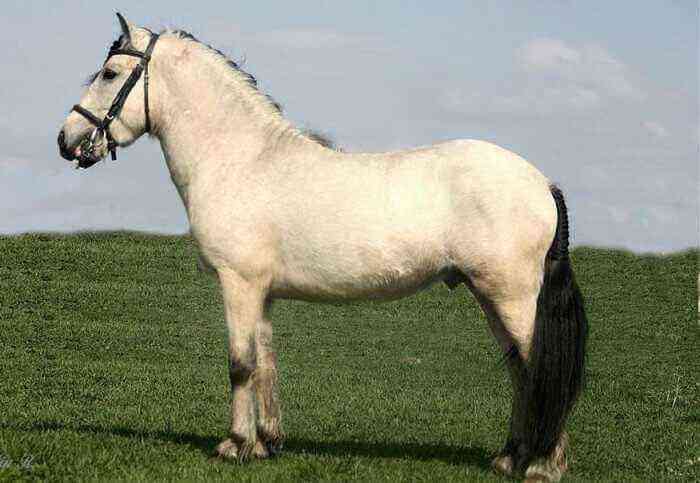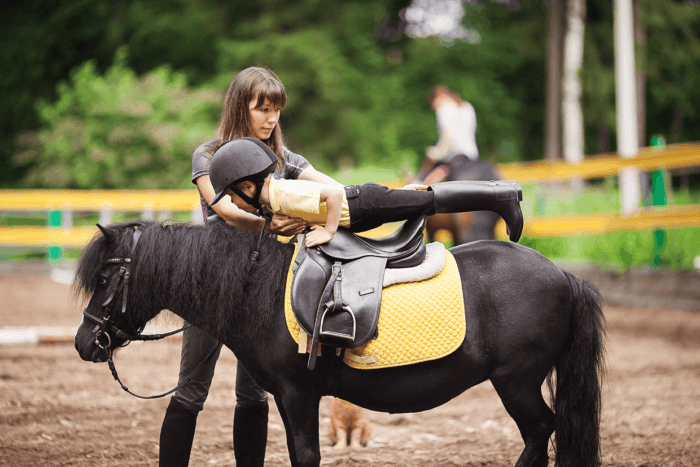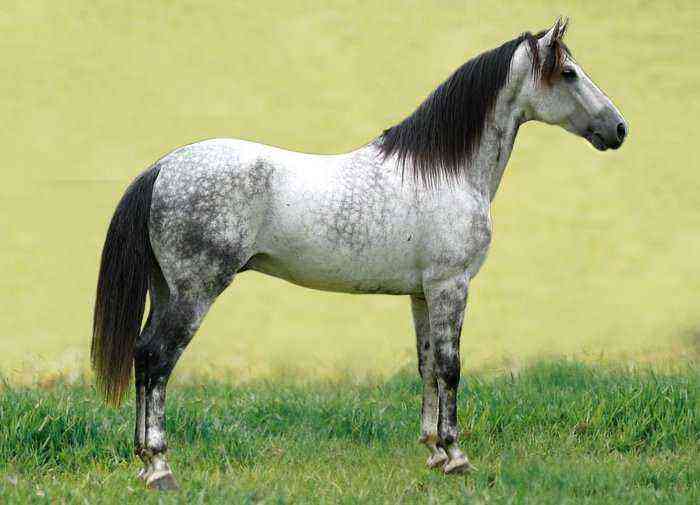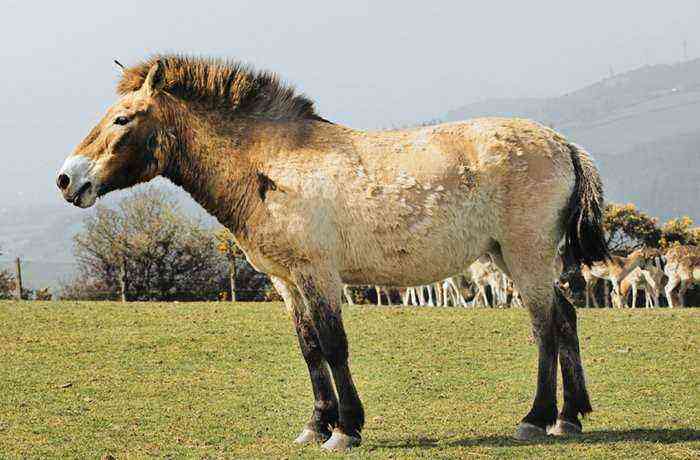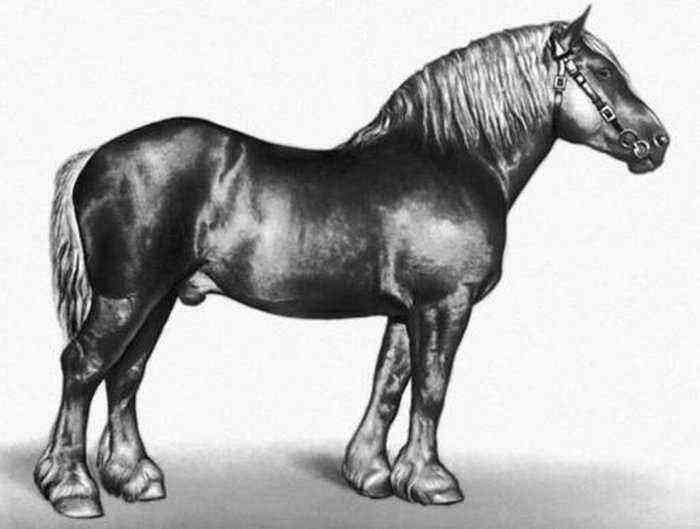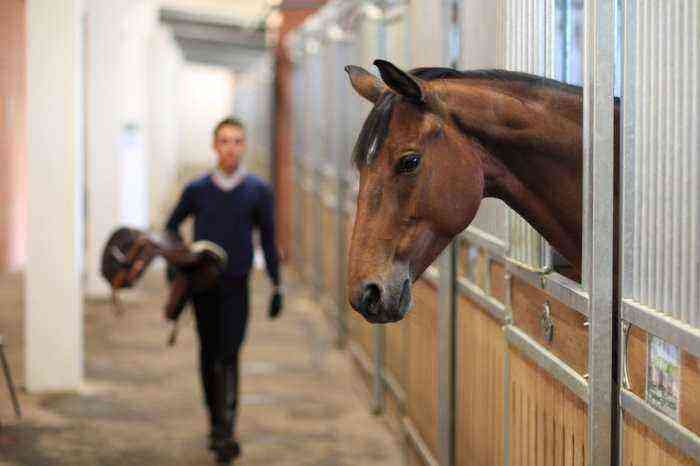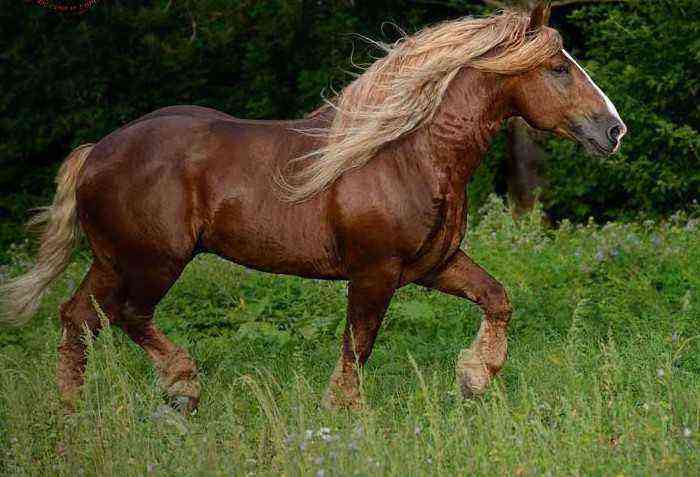The Kazakh breed of horses was bred in the steppes and semi-deserts of Kazakhstan. This unpretentious animal is bred by the locals to this day. It is ideal for herd keeping, and it is used as a riding mode of transport, as well as for obtaining milk, which is particularly fat and nutritious. It is also worth noting that this breed is rightfully considered one of the most ancient on the planet.
Kazakh horses
History of the breed
The ancestors of the Kazakh horse lived on the territory of the modern Republic of Kazakhstan already several thousand years ago. It is believed that such animals were tamed by tribes that lived during the existence of the Botai culture. From that time until the end of the first millennium of our era, the breed line developed almost separately through natural selection. Only in some regions was the practice of blood infusion of Turkmen and Mongolian horses.
In the course of such selection, by the beginning of the second millennium of our era, the animal was formed approximately in the form in which it exists today. This kind of horse was completely universal. They were used both under saddle and in teams. Also, due to endurance and durability, they were used to transport large loads. Kazakh nomads used them to get meat and milk.
During the existence of the Golden Horde, Kazakh horses were actively used in military campaigns. Moreover, they were no less in demand than the native Mongolian ones.
After a more serious approach to improving the initial qualities of the Kazakh pedigree line, its representatives began to be crossed with some other breeds, among which were:
- Caribbean;
- Arabian horses;
- Akhal-Teke and some others.
In the process of crossing, the animals gradually sorted out the characteristics and certain aspects of the appearance of each of the used breed lines.
At the final stage of the formation of the variety, which falls on the XNUMXth century, horses were also improved at the expense of well-known English and Russian breeds. In this regard, English thoroughbred stallions and Oryol horses were widely used. The Don horse also had a certain influence.
But, it should be noted that such selection was carried out unevenly and in different regions assumed its own nuances. In combination with the individual climatic conditions of each of the country’s territories, this led to the appearance within the breed of several different subspecies (offspring), each of which assumed its own exterior features of living creatures.
Description
In the features of appearance and nuances of character, the original features of the Kazakh horse are closely intertwined with the moments acquired in the process of crossing with other varieties. But since the selection process on the territory of the republic was heterogeneous, the breed standards are quite wide, which led to the division of the breed line into several types. And yet, there are a number of common breed moments that unite them all.
Exterior
Kazakh horses outwardly look downed and strong. But, their dimensions are not very impressive. The breed is among the undersized. The average height of a stallion is 137 cm with a body length of 142 cm. The height of the mares at the withers is only 129-131 cm. The weight of the animal, as a rule, does not exceed 340-360 kg.
Kazakh horses
Of the features of the physique of such living creatures, the following stand out:
- powerful downed body with a wide chest;
- a flat back with a long withers and a pronounced wide croup;
- long thin limbs;
- short fleshy neck;
- small, narrow head.
The ears of these animals are small and constantly raised up. Most of the horses are distinguished by beautiful bright eyes with a graceful contour. The tail and mane of the horse are long with thick hair.
Such a pedigree line suggests quite a lot of suits. The most common individuals with bay and red color. Individual types suggest golden, white, mousey and bay colors. In general, in accordance with certain scientific sources, there are more than 300 typical colors, shades and their combinations in such a breed.
Character
The character of representatives of the Kazakh pedigree line is quite complex. Such animals have proven themselves to be extremely brave and intelligent. The horse quickly finds mutual understanding with the rider, it is easy to train. In addition, he calmly behaves near large clusters of people and other animals.
But outbreaks of disobedience are not alien to these horses. Stallions can sometimes deliberately anger the owner, be capricious, disobey commands. This is especially true for young restive representatives of the herd. But, if you show due patience and enough attention, these moments of the animal’s temper can easily be corrected.
It is also worth noting that such living creatures are distinguished by high resistance to cold and endurance. Horses graze calmly in severe frosts down to -45 degrees. And thanks to the second quality, they are often put up for races from a long track up to 25 km or more.
Varieties of the breed
The main list of characteristics of the Kazakh horse is supplemented by several individual items that a specific intrabreed type suggests. There are several such types, but two of them are the most pronounced:
In vain
- Jaba. Such living creatures in terms of growth actually belong to the pony category. Its representatives are significantly below the standard, but exceed it in weight. In this regard, they reach the mark of 0,5 tons. They are raised for milk and meat. Also, a strong constitution makes them indispensable for the transport of goods.
- Adaev. Adayevtsy are the complete opposite of jabe. They are above standard, slightly lighter and are the ultimate riding horse. They are faster and more hardy than the standard type, but they are less resistant to frost. This type is used mainly for racing.
Less well-known pedigree offspring include Naiman horses, Central and Western Kazakhstan.
Distribution
The habitat of the main livestock of this living creature is its historical homeland – Kazakhstan. Animals are kept on free grazing throughout the territory from Altai to the Ural Mountains. In addition to the republic itself, horses can also be found on the territory of the Astrakhan, Saratov, and Volgograd regions.
It should be noted that even in Kazakhstan itself, pedigree offspring are unevenly distributed. Almost all horses of the jabe type are concentrated within the Aktobe region. Adaevsky horses are grown mainly in the Guryev region. In the east of the republic, in the mountainous regions, animals of the East Kazakh type are bred.
Such horses are best adapted to the conditions of deserts, semi-deserts and vast steppes. Throughout the year they are kept on free pasture and practically do not use warm stables.
Interesting Facts
The scientific theory is extremely interesting that it was the Kazakh horses that were the first horses that were domesticated by man. Many researchers believe that they were brought by settlers from the southeastern part of Europe back in the Neolithic period. During the excavations of the ancient sites of the tribes that existed at that time, evidence of the interaction between man and horse was found. Today they are considered the oldest
For outstanding physical qualities and character traits, Kazakh horses were often praised in songs and folk tales. So one of these stories tells about a flying horse, named Toyburyl. According to legend, he could carry his master Koblandy around the world in 40 days.
Reference. Kazakh horses, like many other breed lines, have a highly developed sense of duty. They are distinguished by great devotion to their owner, and even in the heat of battle, they did not abandon them to the last. In the same way, mares and stallions take care of their offspring, at all costs preventing any threat to the foals.
The Kazakh breed has an ancient history. But, despite several millennia of existence, it has not lost its popularity today. These hardy and unpretentious animals are still used by the inhabitants of the republic to obtain meat, milk, and transport cargo. In addition, individual subtypes of the breed have proven themselves well in long-distance races, in which they are helped by outstanding speed and endurance.
